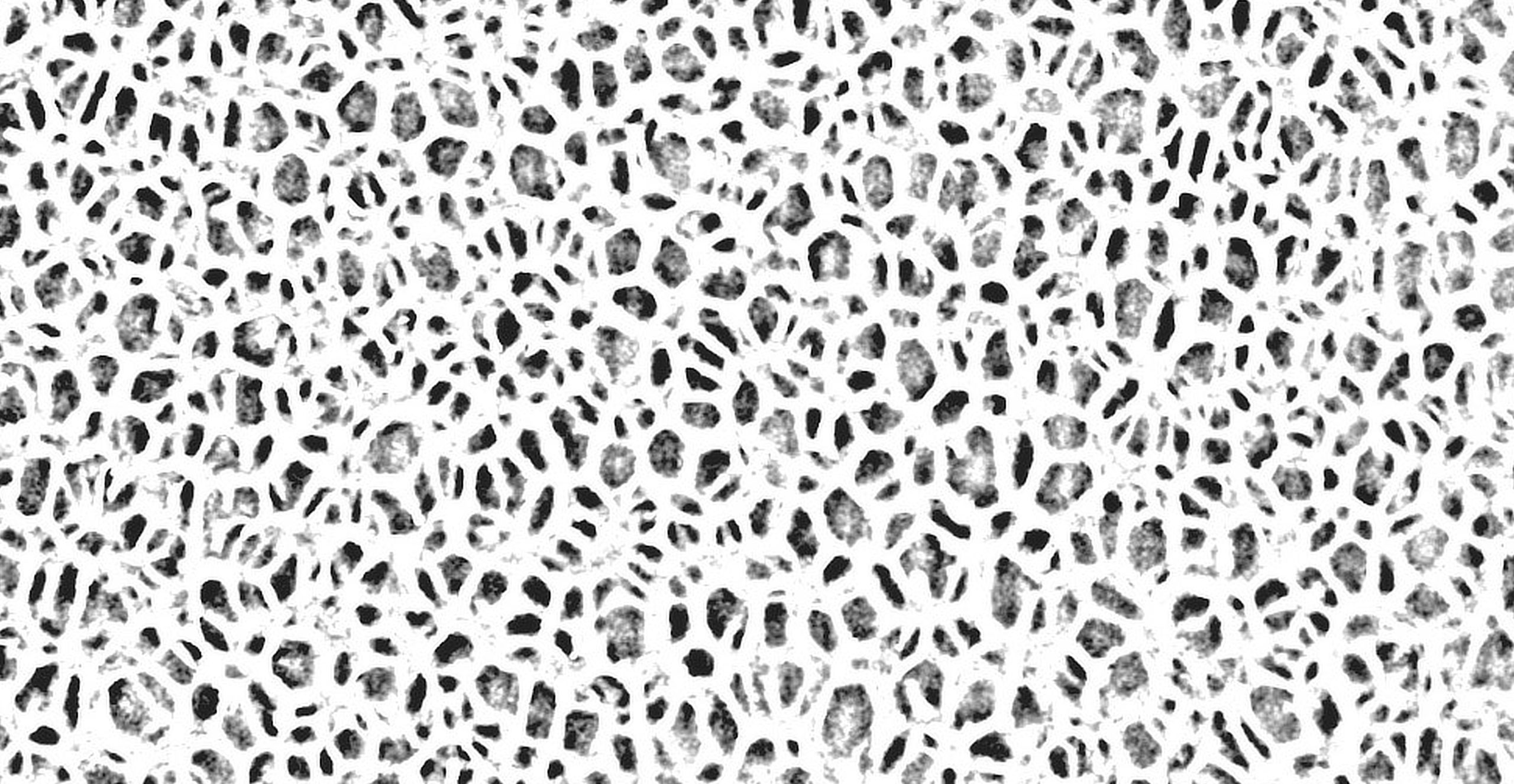Tag: Featured
-

Beauty in Larp
in
What makes a thing beautiful to do? In this text Jaakko Stenros and James Lórien MacDonald explore a general aesthetic theory for larp.
-

Labor and Play
in
Have you gone to a larp requiring more work than your day job? Have you done work in a larp and been compensated with fictional resources rather than money?
-

The Paradox of Inclusivity
in
Trying to provide a clearer vision of what inclusivity does, and can, mean; as well as offer practical advice to help us build more inclusive communities.
-

Wyrding the Self
in
Wyrding the self is the sustained effort to decolonize your body from the mythical norm, and begin the process of identity alteration.
-

Sceneing and Storying
in
The experiences we make in larping are collective. However, no two players share the same exact experience, even when playing in the same scene together.
-

Ensemble Play
This article draws insights from different ensemble-driven art forms, and demonstrate how ensemble skills facilitate better play in larp.
-

Know Yourself
in
Once you understand what you can and can’t do, want and don’t want to do, it becomes easier to have good larp experiences and to co-create them with others.
-

Emotions as Skilled Work
in
This text is focused on the social and cultural aspects of emotion work and on our understanding of the skills involved in the context of larp.
-

Maps, Loops and Larp
in
This article outlines a framework for analyzing how players decide on their actions moment to moment, as well as on longer time scales throughout the larp.
